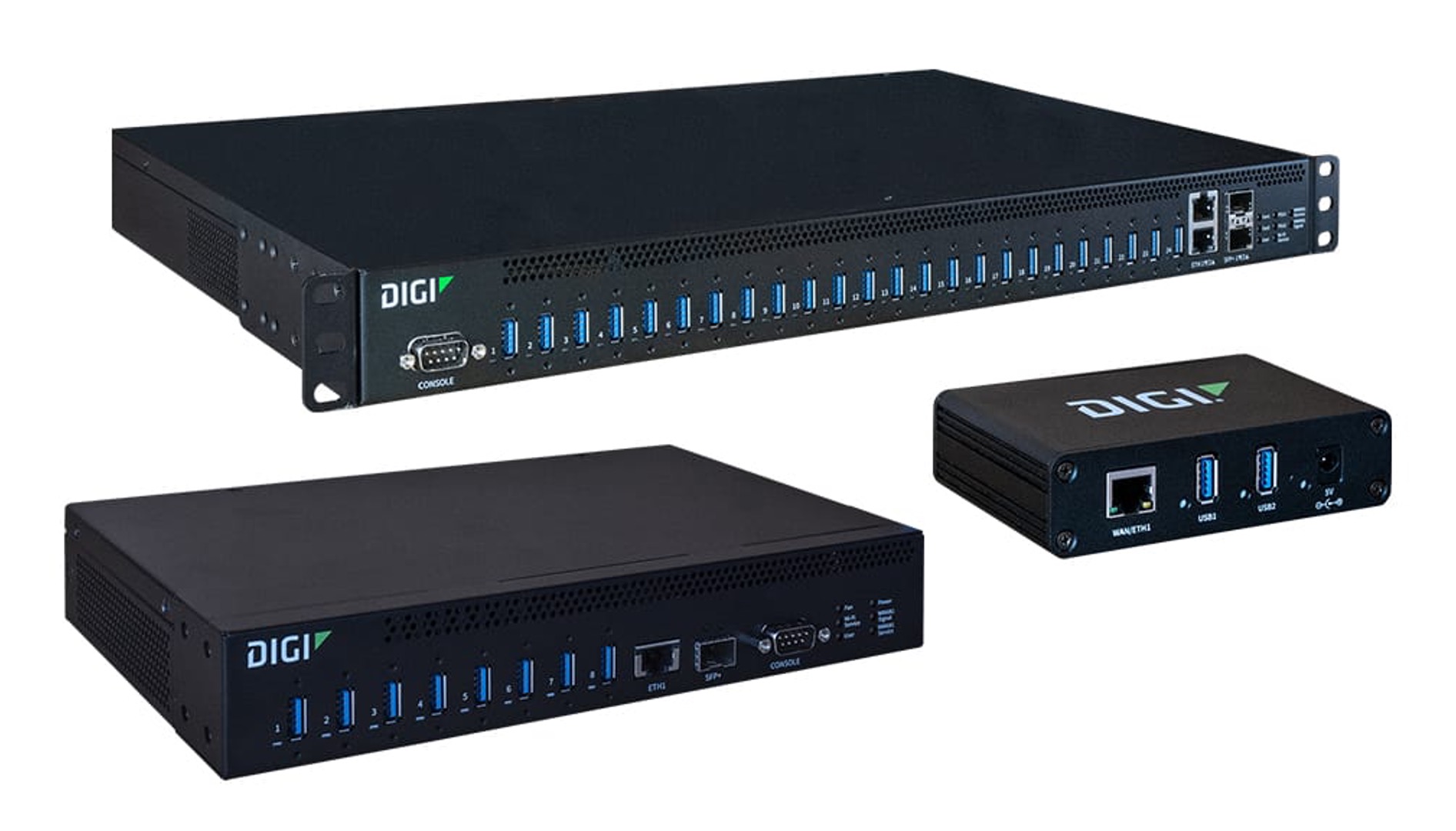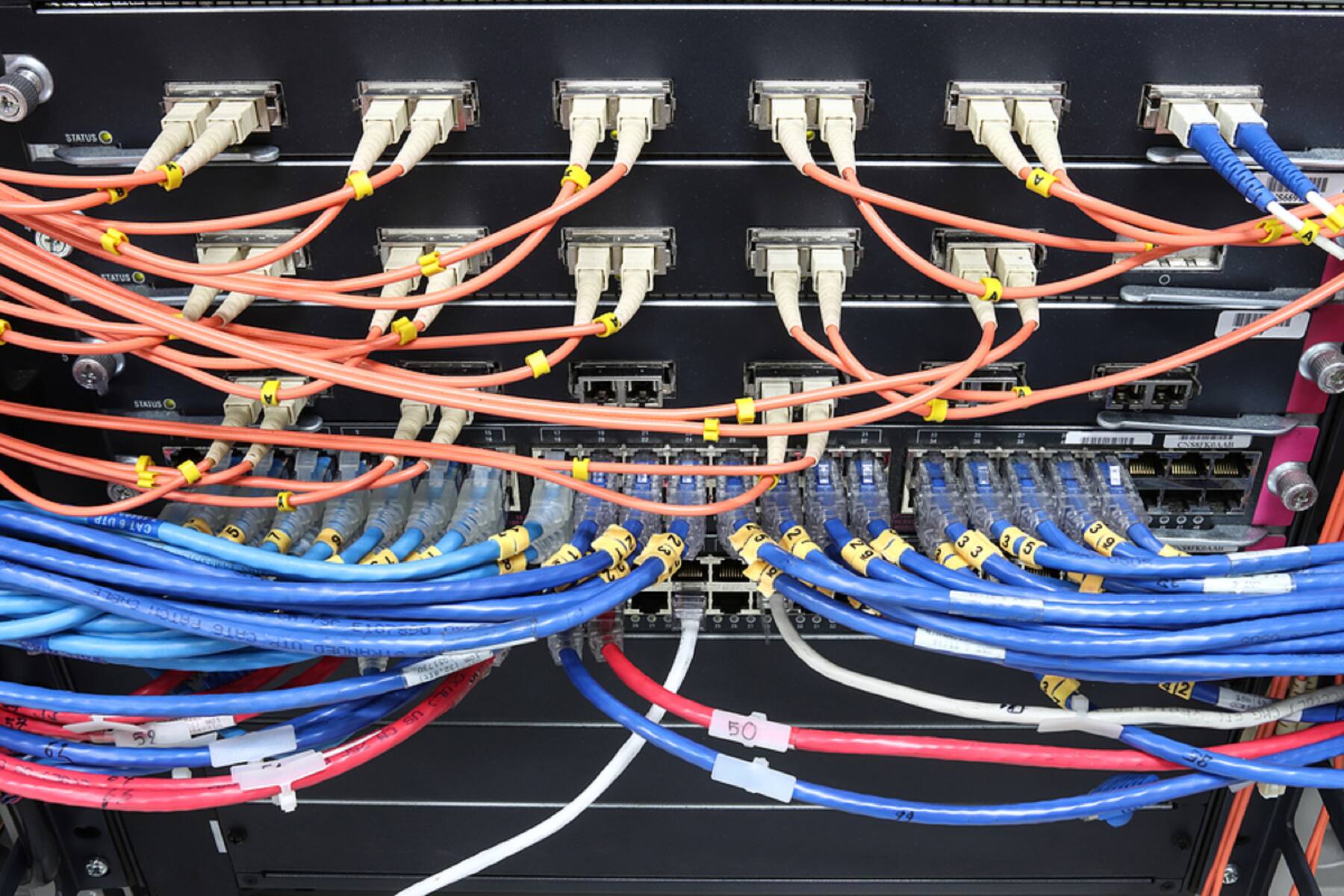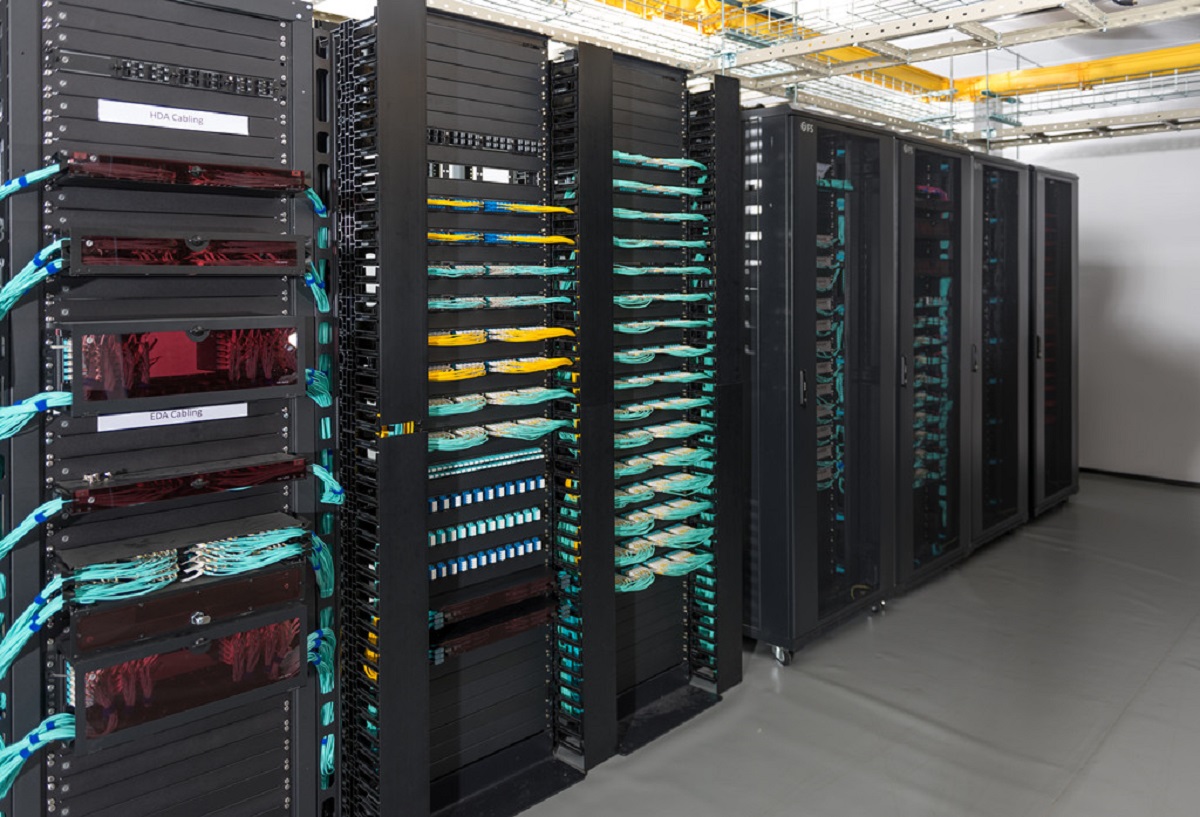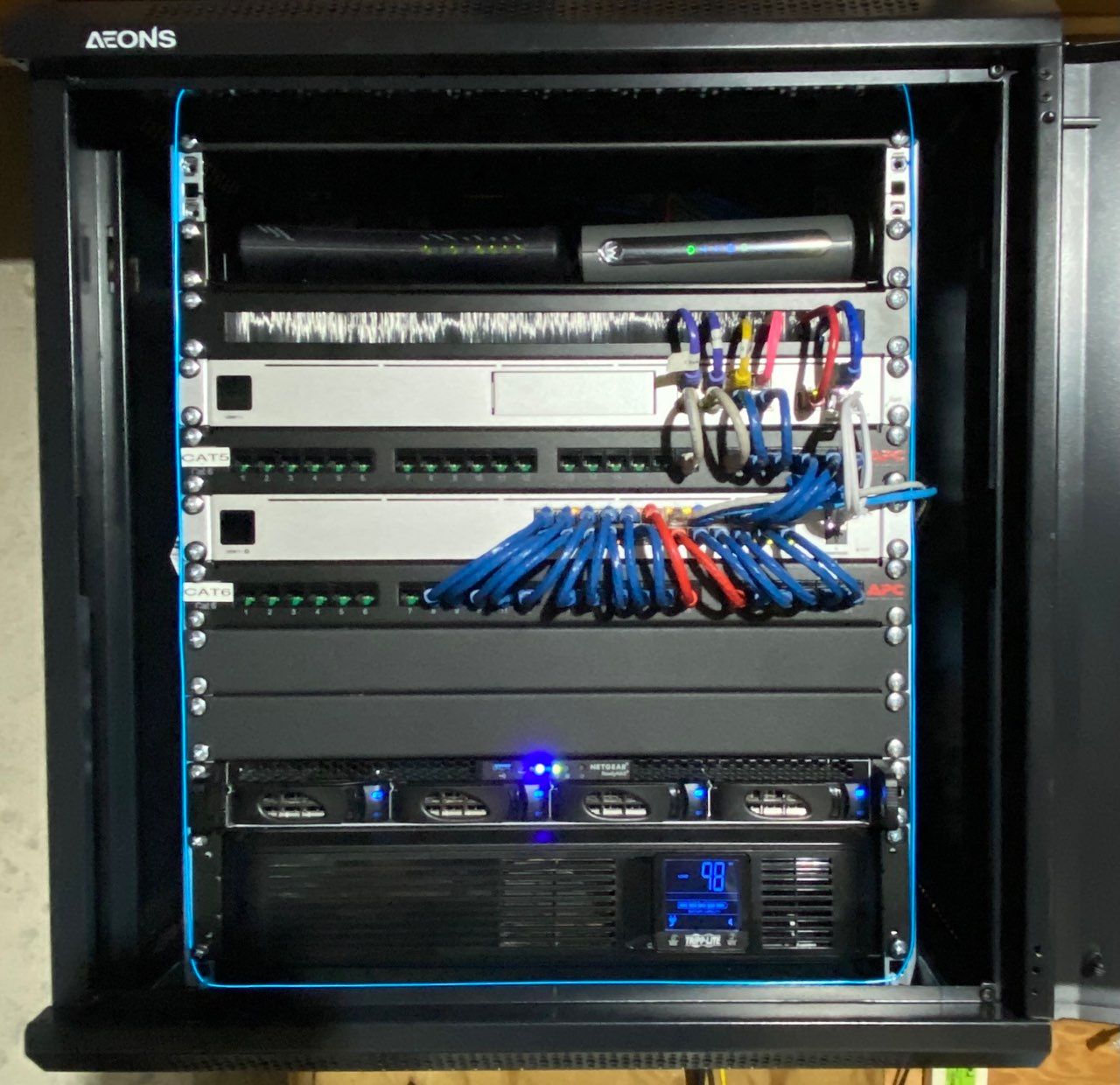Introduction
When it comes to the smooth and uninterrupted operation of network switches, maintaining the right temperature is a critical factor. Network switches play a pivotal role in directing network traffic efficiently, ensuring that data reaches its intended destination swiftly and without errors. However, the temperature at which these devices operate can significantly impact their performance and longevity. In this article, we will delve into the importance of temperature in network switches, explore the ideal operating temperature range, discuss the consequences of high temperatures, and provide valuable tips for maintaining an optimal temperature environment for network switches.
Network switches are the unsung heroes of modern communication, facilitating the seamless transfer of data packets within local area networks (LANs) and wide area networks (WANs). These devices are responsible for directing data traffic, enabling devices within a network to communicate with each other effectively. Whether in a small office or a large enterprise, network switches form the backbone of the communication infrastructure, making the efficient operation of these devices paramount to the overall productivity and functionality of the network.
As with any electronic equipment, network switches generate heat during operation. The internal components and circuitry within a network switch produce heat as a byproduct of their normal functioning. If this heat is not dissipated effectively, it can lead to a rise in temperature within the switch enclosure. Elevated temperatures can have detrimental effects on the performance and reliability of network switches, potentially leading to malfunctions, downtime, and even permanent damage to the hardware.
Understanding the impact of temperature on network switches is crucial for network administrators, IT professionals, and businesses reliant on robust network infrastructure. By ensuring that network switches operate within the optimal temperature range and implementing strategies to mitigate the risks associated with high temperatures, organizations can safeguard the integrity and functionality of their network infrastructure. In the following sections, we will explore the significance of temperature management in network switches and provide actionable insights to help maintain an optimal operating environment for these critical networking devices.
Maintaining an optimal temperature is vital for the longevity and efficiency of network switches. Let's delve deeper into the significance of temperature regulation in these essential networking components.
Importance of Temperature in Network Switches
The temperature at which network switches operate directly impacts their performance, reliability, and lifespan. Heat is a natural byproduct of the electrical components and circuitry within network switches. When these devices operate within an optimal temperature range, they function efficiently and reliably, ensuring seamless data transfer and network connectivity. However, when exposed to high temperatures, network switches can experience a myriad of issues that compromise their functionality and longevity.
One of the primary reasons why temperature is of utmost importance in network switches is the impact it has on the internal components. Integrated circuits, transistors, and other electronic elements within a network switch are designed to operate within specific temperature limits. When the temperature exceeds these limits, the performance of these components can degrade, leading to signal degradation, increased error rates, and even component failure. This can result in network disruptions, packet loss, and decreased overall network performance.
Moreover, prolonged exposure to high temperatures can accelerate the aging of electronic components, potentially shortening the lifespan of the network switch. Overheating can cause thermal stress on the components, leading to a higher likelihood of premature hardware failure. This not only necessitates costly replacements but also disrupts network operations, leading to downtime and potential data loss.
Another critical aspect of temperature management in network switches is the impact on power consumption. When network switches operate at higher temperatures, they often require increased cooling, which in turn leads to higher energy consumption. This not only contributes to escalating operational costs but also places additional strain on the cooling infrastructure, potentially leading to inefficiencies in the overall network environment.
Furthermore, elevated temperatures can affect the physical integrity of network switches, leading to warping or degradation of internal components and external casings. This can compromise the structural stability of the devices, posing risks in terms of safety and reliability.
Recognizing the significance of temperature in network switches underscores the need for proactive temperature management strategies. By maintaining an optimal operating temperature, organizations can preserve the performance, reliability, and longevity of their network switches, ultimately contributing to the seamless operation of their network infrastructure.
Ideal Operating Temperature for Network Switches
The ideal operating temperature for network switches is a crucial factor in ensuring their optimal performance and longevity. While specific models and manufacturers may have varying temperature tolerances, a general guideline for the ideal operating temperature range for network switches falls between 0°C to 40°C (32°F to 104°F). Operating within this range helps maintain the integrity of the internal components, ensures reliable data transmission, and minimizes the risk of hardware malfunctions.
At the lower end of the temperature spectrum, network switches should be protected from extremely cold environments, as prolonged exposure to temperatures close to or below freezing can lead to condensation and potential damage to sensitive electronic components. Additionally, excessively low temperatures can impact the efficiency of certain components, affecting the overall performance of the network switch.
Conversely, at the upper end of the temperature range, network switches must be shielded from excessive heat. Temperatures above the recommended threshold can lead to thermal stress on the internal components, potentially causing performance degradation and increasing the likelihood of hardware failures. It is essential to note that network switches installed in environments with elevated ambient temperatures, such as server rooms or network closets, should be equipped with adequate ventilation and cooling systems to ensure that they operate within the specified temperature limits.
It is important to consider the environmental conditions in which network switches are deployed. Factors such as airflow, ambient temperature, and proximity to heat-generating equipment can all influence the operating temperature of network switches. Proper ventilation, air conditioning, and strategic placement of network switches within the network infrastructure can contribute to maintaining an ideal operating temperature range.
Network administrators and IT professionals should also be mindful of temperature fluctuations, especially in environments where the temperature can vary significantly over time. Sudden changes in temperature can impact the internal components of network switches, potentially leading to thermal shock and subsequent performance issues. Implementing temperature monitoring and alert systems can aid in preemptively addressing temperature fluctuations and mitigating their impact on network switch operations.
By adhering to the ideal operating temperature range and implementing measures to regulate and monitor temperature, organizations can ensure that their network switches operate optimally, delivering consistent and reliable performance while mitigating the risks associated with temperature-induced hardware issues.
Consequences of High Temperatures
Exposure to high temperatures can have detrimental effects on the performance, reliability, and longevity of network switches. When network switches operate beyond their recommended temperature thresholds, several consequential issues may arise, impacting both the devices themselves and the overall network infrastructure.
One of the primary consequences of high temperatures in network switches is the degradation of internal components. Integrated circuits, transistors, and other electronic elements are susceptible to accelerated aging and performance degradation when exposed to prolonged high temperatures. This can lead to increased error rates, signal degradation, and, in severe cases, component failure, resulting in network disruptions, data loss, and decreased overall network performance.
Furthermore, high temperatures can lead to thermal stress on the internal components of network switches, potentially shortening their operational lifespan. The increased thermal expansion and contraction of components under high temperatures can lead to structural fatigue, compromising the reliability and stability of the devices. This can result in a higher likelihood of hardware failures and necessitate premature replacements, incurring additional costs and causing disruptions to network operations.
Another critical consequence of high temperatures is the impact on power consumption and cooling requirements. Network switches operating at elevated temperatures often require increased cooling, leading to higher energy consumption and operational costs. Additionally, the strain on cooling infrastructure and the potential inefficiencies in heat dissipation can further exacerbate the challenges posed by high temperatures, affecting the overall energy efficiency of the network environment.
High temperatures can also affect the physical integrity of network switches, leading to warping or degradation of internal components and external casings. This can compromise the structural stability of the devices, posing risks in terms of safety and reliability. Additionally, elevated temperatures can contribute to the degradation of insulation materials and the potential release of harmful emissions, further impacting the environmental safety and sustainability of the network infrastructure.
Understanding the consequences of high temperatures in network switches underscores the critical need for proactive temperature management and monitoring. By implementing strategies to mitigate the risks associated with high temperatures, organizations can safeguard the performance, reliability, and longevity of their network switches, contributing to the overall resilience and efficiency of their network infrastructure.
Tips for Maintaining Optimal Temperature
Maintaining an optimal temperature environment for network switches is essential to ensure their reliable performance and longevity. Implementing effective temperature management strategies can mitigate the risks associated with high temperatures and contribute to the seamless operation of network infrastructure. Here are several valuable tips for maintaining an optimal temperature for network switches:
- Proper Ventilation and Airflow: Ensure that network switches are installed in well-ventilated areas with adequate airflow. Proper ventilation helps dissipate heat generated by the switches, preventing the accumulation of hot air within the enclosure. Additionally, strategic placement of switches to optimize airflow can contribute to maintaining an ideal operating temperature.
- Temperature Monitoring and Alert Systems: Implement temperature monitoring and alert systems to proactively detect and address temperature fluctuations. Automated alerts can notify network administrators of temperature anomalies, enabling timely intervention to prevent potential hardware issues caused by high temperatures.
- Environmental Monitoring: Consider deploying environmental monitoring solutions that track ambient temperature and humidity levels in the vicinity of network switches. This comprehensive approach allows for a holistic understanding of the environmental conditions impacting temperature, facilitating targeted interventions to maintain optimal operating conditions.
- Regular Maintenance and Cleaning: Schedule routine maintenance and cleaning of network switch enclosures to remove dust and debris that can impede airflow and contribute to heat buildup. Keeping the enclosures clean and free from obstructions aids in maintaining a conducive temperature environment for the switches.
- Efficient Cooling Systems: Ensure that network switch installations are equipped with efficient cooling systems, such as fans or air conditioning, to regulate the temperature within the vicinity of the switches. Proper cooling infrastructure plays a critical role in preventing overheating and maintaining an ideal operating temperature range.
- Strategic Equipment Placement: Avoid placing network switches in close proximity to heat-generating equipment, such as servers and power supplies, to minimize the impact of external heat sources. Strategic equipment placement reduces the risk of exposure to elevated temperatures, contributing to the overall temperature management strategy.
- Consider Environmental Factors: Take into account the environmental conditions of the installation site, including seasonal temperature variations and potential sources of heat or cold. Adapting temperature management strategies to accommodate environmental factors ensures consistent temperature regulation throughout varying conditions.
By incorporating these tips into their temperature management practices, organizations can effectively maintain an optimal temperature environment for network switches, promoting their reliable operation and longevity while mitigating the risks associated with high temperatures.
Conclusion
Ensuring the optimal operating temperature for network switches is paramount to their performance, reliability, and longevity. The temperature at which these critical networking devices operate directly impacts their internal components, power consumption, and physical integrity. By adhering to the ideal operating temperature range, typically between 0°C to 40°C (32°F to 104°F), organizations can safeguard the functionality of their network switches and mitigate the risks associated with high temperatures.
Understanding the consequences of high temperatures in network switches highlights the importance of proactive temperature management. High temperatures can lead to component degradation, increased power consumption, and potential hardware failures, impacting the overall resilience and efficiency of network infrastructure. By implementing effective temperature management strategies, such as proper ventilation, temperature monitoring, regular maintenance, and efficient cooling systems, organizations can maintain an optimal temperature environment for their network switches, ensuring consistent and reliable performance.
Network administrators and IT professionals play a pivotal role in overseeing temperature management practices, monitoring environmental conditions, and implementing targeted interventions to mitigate the risks posed by high temperatures. By considering the environmental factors, deploying comprehensive temperature monitoring solutions, and adhering to best practices for temperature regulation, organizations can uphold the operational integrity of their network switches and minimize the likelihood of temperature-induced hardware issues.
In conclusion, prioritizing temperature management for network switches is essential to uphold the efficiency and reliability of network infrastructure. By adhering to the ideal operating temperature range and implementing proactive temperature management strategies, organizations can mitigate the risks associated with high temperatures, ensuring the seamless operation of their network switches and contributing to the overall resilience of their network environment.

























